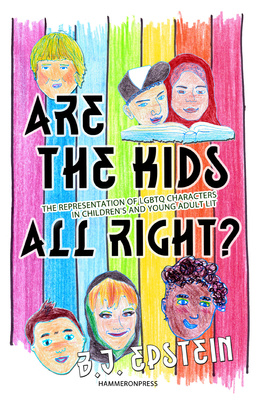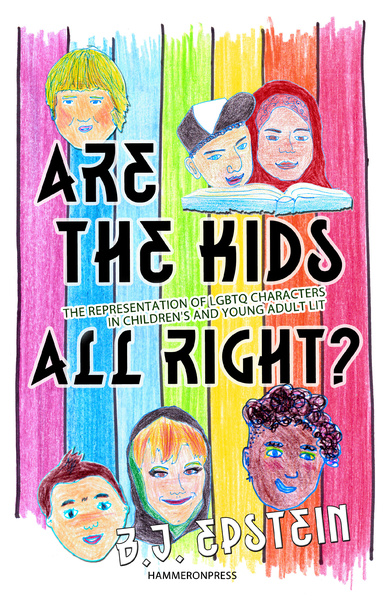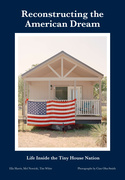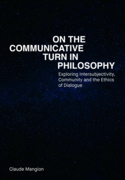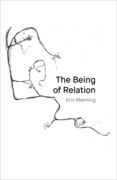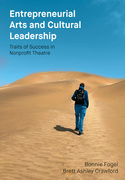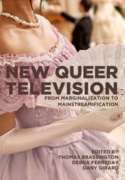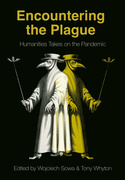Are the Kids All Right? (Book)
Representations of LGBTQ Characters in Children's and Young Adult Literature
Covering picture books, middle-grade books and young adult fiction, this was the first survey of English-language children’s literature that features lesbian, gay, bisexual, transgender or otherwise queer characters. It explores how LGBTQ characters are portrayed and what this says about contemporary society. Annotated bibliography.
Edition
Epstein explores why sex, sexuality and gender non-conformity is something that many writers and publishers of children's and young adult lit appear to shy away from. She demonstrates that the information children get from literature matters, and that so called 'difficult' topics can be communicated in entertaining and informative ways.
Uses ideas from queer theory and other research to interrogate the ways LGBTQ characters are portrayed in books for children and young people, and to analyse what messages readers of such books might receive.
Includes detailed analysis of over 60 picture books, middle-grade books and young adult novels by authors such as Nancy Garden, Julie Ann Peters, Alex Sanchez, David Levithan, Lesléa Newman, Marcus Ewart, Cris Beam and many others.
This book brings together literary studies, sociology, queer studies and other academic fields in an accessible manner, where the research supports the detailed analyses of over 50 books for children and young adults. Epstein looks at a range of topics, such as the lack of diversity in many of these works, how same-sex marriage is portrayed, the relative absence of bisexual and transgender characters, the way that many of these books are marketed and intended as 'issue books', and more.
A practical and informative book to inspire writers and publishers to produce better LGBTQ literature for young readers.
Introduction
Motivation
A brief discussion of sexuality and gender
Terminology
Children’s literature
Sexuality, children and children’s literature
Corpus of texts
Methodologies
Structure of this book
Conclusion
Issue books
Publishing and practical considerations
Paratexts
Confirmation of normality
HIV and AIDS
Teaching through characters
Controversy
Conclusion
Portrayal and stereotypes
Prejudice and stereotypes
A brief history of stereotypes in LGBTQ
Literature
Queerness as a problem
Causes of queerness
Looking queer
Acting queer
Sex and marriage
The gay boyfriend
Positive stereotypes and challenging stereotypes
Reducing prejudice and literature’s role
Conclusion
Diversity
Missing pieces
Bisexuality
Transgender
Other shades of the rainbow
Multiple identities
Race/ethnicity
Religion and spirituality
Dis/ability
Age
Class
Weight/size and body image
Conclusion
Sex and marriage
Masturbation
Protection
Sex
BTQ sex
Summary of sex
Marriage
Background on LGBTQ parenting
Background on LGBTQ marriage
US books
UK books
Northern European books
Summary of marriage
Singletons
Conclusion
Conclusion
A brief summary
A call to arms (or pens): Not a conclusion, but a proposal
Notes
References
Annotated bibliography
Index
Literature representing LGBTQ experiences will be part of any inclusive school curriculum. Of course. Epstein takes that crucial next step, though, and establishes some criteria for selecting and using these books. She weaves her own opinions in with those of other experts, comments from authors, and the voices of the characters themselves. From picture books to young adult literature, she helps us understand the value of these works, but also reveals some of the unintended messages teachers might want to avoid or compensate for. This book will be a good place to start for anyone new to LGBTQ children’s literature or food for thought for the experienced practitioner.
What world is created by the LGBT/queer stories found in current children’s literature, and what world would we like to create going forward? With this book, B.J. Epstein shares a vivid map of the present, and a bold atlas for the future.
B.J. eloquently explores all aspects of our journey to inclusivity. Inclusive literature is key to eradicating discrimination, reflecting the real lives and families of our young readers.

